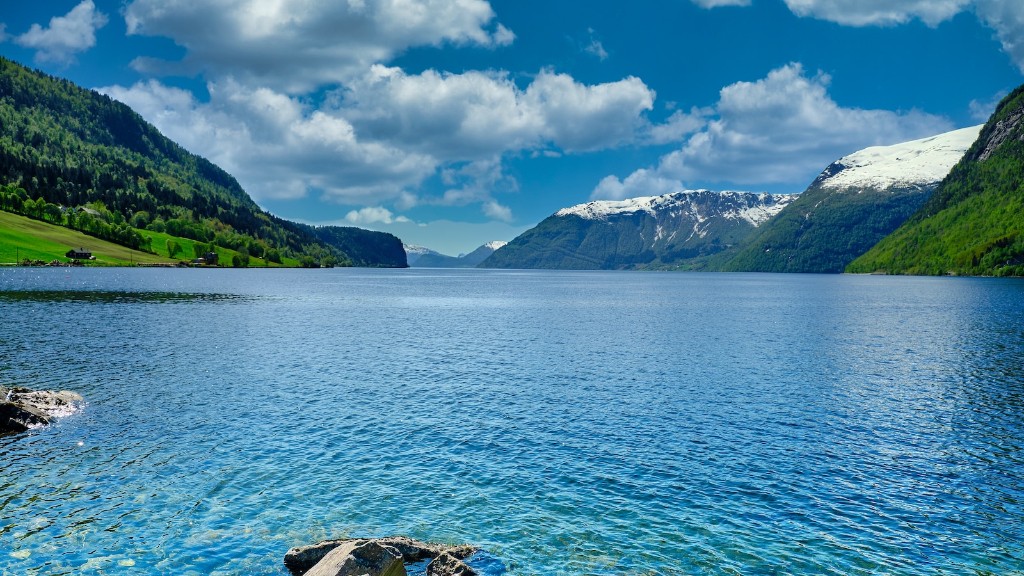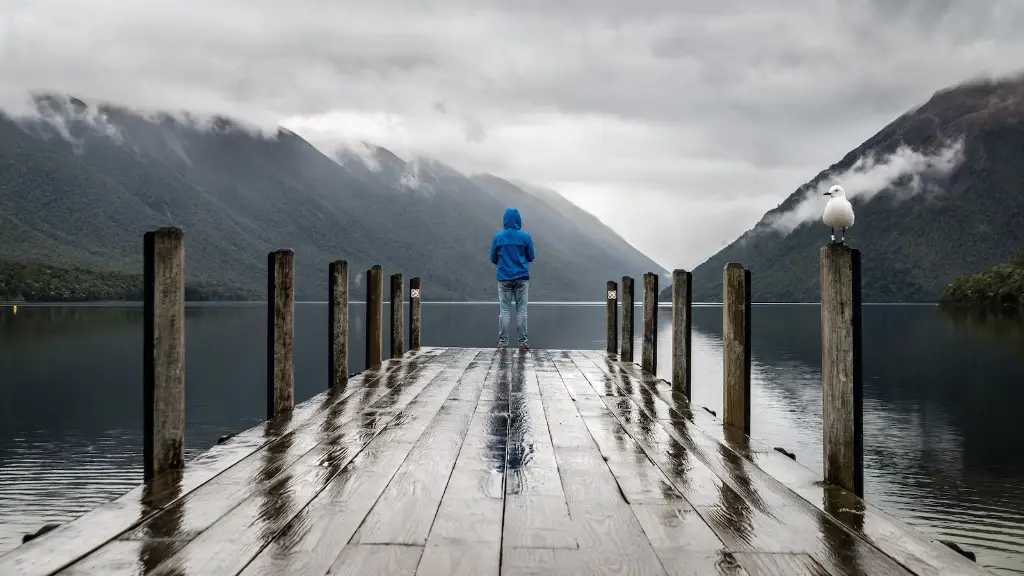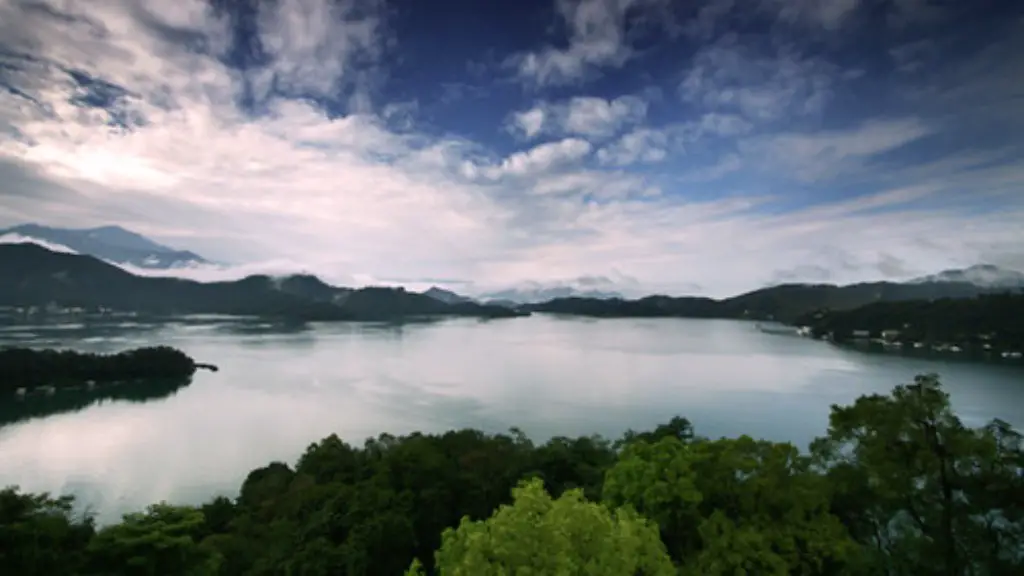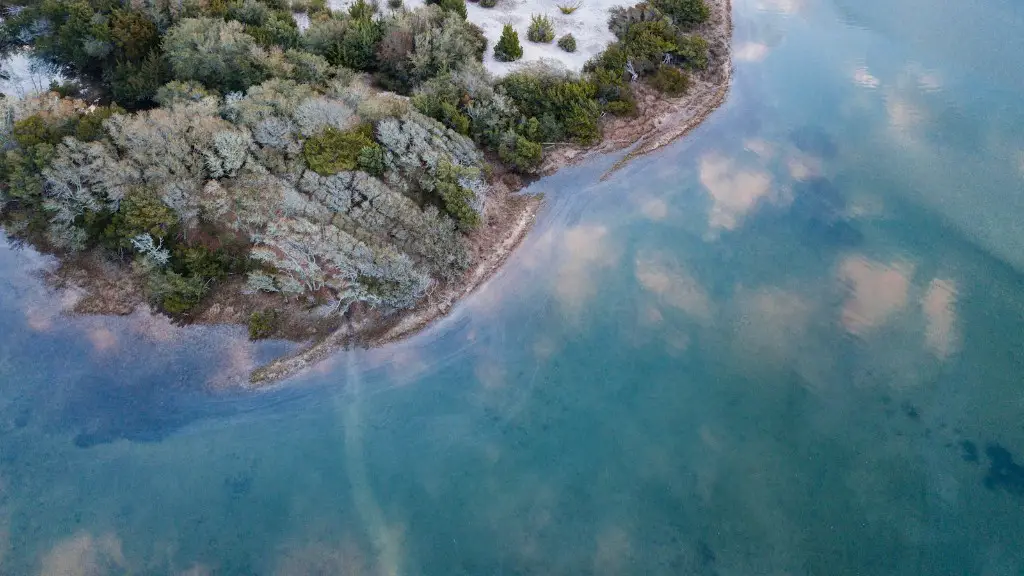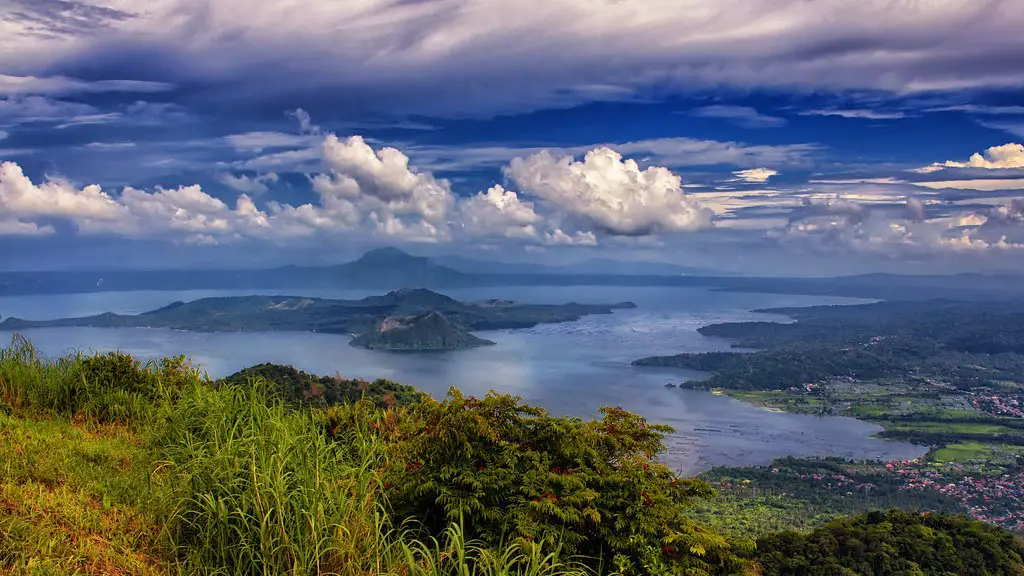Crater Lake National Park, located in southern Oregon, is home to the deepest lake in the United States. The lake was formed when the summit of Mount Mazama collapsed following a volcanic eruption. Today, the lake is a popular destination for visitors who come to swim, hike, and fish in the summer months and to ski and snowshoe in the winter.
Situated in the caldera of a massive supervolcano, Crater Lake National Park is one of the most breathtaking places on Earth. The lake is an astonishingly deep blue, and the surrounding cliffs and forests make for a truly unique landscape. Visitors to the park can hike, camp, fish, and enjoy countless other outdoor activities.
What is Crater Lake National Park known for?
Crater Lake is one of the most beautiful places on Earth. Its deep blue color is truly stunning, and it’s even more impressive when you realize that the water comes entirely from rain or snow – there are no inlets from other sources. It’s no wonder that this place is so popular with tourists and nature lovers alike.
Deep water in a sleeping volcano crater lake inspires awe. Native Americans witnessed its formation 7,700 years ago, when a violent eruption triggered the collapse of a tall peak. Scientists marvel at its purity—fed by rain and snow, it’s the deepest lake in the USA and one of the most pristine on Earth.
What can u do at Crater Lake National Park
The best things to do at Crater Lake National Park are to drive around the Rim Drive, take a boat tour on the lake, hike the Cleetwood Cove Trail, watch the sunrise along the Rim Drive, hike the Watchman Peak Trail, stay at Crater Lake Lodge, and hike the Mount Scott Trail. Plaikni Falls Trail is also a great option for those who want to see a waterfall up close.
Crater Lake National Park is located in southern Oregon and is home to the deepest lake in the United States. The lake is actually a caldera, or a crater, formed by the collapse of a volcano. The volcano, Mount Mazama, erupted about 7,700 years ago and the caldera filled with water over time. Today, the lake is a popular destination for tourists and is known for its clear blue water.
Here are 10 things you probably didn’t know about Crater Lake National Park:
1. There is a phantom ship in the lake.
2. There is no water outlet from the lake.
3. The lake is a Native American legend.
4. It is the deepest lake in the United States.
5. There is a volcano in the middle of the lake.
6. The only place in the world this newt can be found is in Crater Lake National Park.
7. The water in the lake is some of the clearest water in the world.
8. The lake is a popular destination for scuba diving.
9. The lake is home to a variety of fish, including trout and kokanee salmon.
Is Crater Lake one of the 7 Wonders of the World?
Crater Lake is one of the most beautiful places on Earth. It is also one of the 7 wonders of the world. The lake is located in Oregon, USA and is a popular tourist destination. The lake is formed in the crater of a volcano and is the deepest lake in the USA. The lake is also known for its clear blue waters and scenic views.
If you’re planning on circumnavigating Lake Tahoe, allow for at least two hours to complete the journey. This timeline includes making any stops along the way to enjoy the sights. Of course, if you’re driving a larger vehicle or towing something behind you, you’ll want to allow for more time. No matter what, make sure to enjoy the drive and the views!
Why can you not swim in Crater Lake?
If you’re looking to take a dip in Crater Lake, you’ll need to plan your visit for the summer months. With an average of 43 feet of snow per year, the region is one of the snowiest places in America. Thus, there are only a few months when people can swim at Crater Lake, given the extreme winter season. Usually, visitors to the lake can swim from June through September.
If you’re looking to take a dip in Crater Lake, the Cleetwood Cove Trail is the only place to do so! The trail typically opens up around late June, so plan your visit accordingly. Keep in mind that swimming is only allowed in designated areas – be sure to follow the signs to stay safe.
Can you drive through Crater Lake National Park
If you’re looking for a scenic drive in Oregon, look no further than the Rim Drive. This 33-mile (53 km) drive loop Circumnavigates Crater Lake and offers stunning views of the lake and the surrounding area. Please note that the road has tight curves and no shoulders, so be sure to drive cautiously. This is also one of the highest roads in Oregon, so be prepared for potential weather conditions.
Ideally, you should spend at least one full day and one night at Crater Lake. Getting here can be a bit of a hassle (far away and long lines to get in the actual park), so once you actually do make it, you don’t want to worry about getting back in your car and heading back if you can help it. There are plenty of lodging and camping options inside the park, so you can easily spend a night or two. Plus, there’s plenty to do inside the park besides just look at the lake. There are hiking trails, ranger-led programs, and other activities to keep you busy.
What is the best month to visit Crater Lake?
Crater Lake is most popular in the summer months, when the weather is warm and the facilities are open. However, the park is also beautiful in the spring and fall, when the weather is cooler and the crowds are smaller.
Thank you for your support of Crater Lake National Park! Your fees go towards improving visitor services and facilities. Private Vehicles – $30 in the summer (mid-May to October 31), $20 in the winter (November 1 to mid-May).
What are some of the dangers at Crater Lake
Hydrothermal explosions are a type of volcanic eruption that occurs when water comes into contact with hot magma. This can happen when magma rises to the surface and heats up groundwater, or when groundwater comes into contact with hot rocks underground. The water flashes to steam and expands, causing an explosion.
Ash and tephra fall from the sky during a volcanic eruption. Tephra is the solid material ejected from a volcano, while ash is made up of smaller particles. Pyroclastic surges are fast-moving currents of hot gas and rock that can travel down the slopes of a volcano. They are dangerous because they can melt snow and ice, causing lahars (floods of mud and debris).
Landslides and rockfalls can also occur during a volcanic eruption. When hot rocks fall onto snow and ice, they can melt it and cause mudflows.
Crater Lake National Park is home to a variety of wildlife, including bears, coyotes, elk, porcupines, amphibians, and more, plus a range of birds and insects. The lake and streams in the park are home to diverse species of fish and animals, including the endangered bull trout and the Mazama newt, which is only found at Crater Lake.
What animals are at Crater Lake?
Crater Lake is home to a variety of wildlife, including the Black Bear, Rocky Mountain Elk, hares, marmots, squirrels, pine martens, and chipmunks. The park is also home to a variety of birds, including Bald Eagles.
Prospect is a census-designated place (CDP) in Jackson County, Oregon, United States. The population was 1,133 at the 2010 census. It is about 20 miles (32 km) northeast of Medford and approximately 5 miles (8 km) west of the California border.
Warp Up
Crater Lake National Park is a national park located in the state of Oregon, in the United States. The park is home to Crater Lake, which is the deepest lake in the United States and is formed in the remains of a volcano.
Crater Lake National Park is one of the most popular national parks in the United States. It is known for its beautiful scenery and its many hiking trails.
